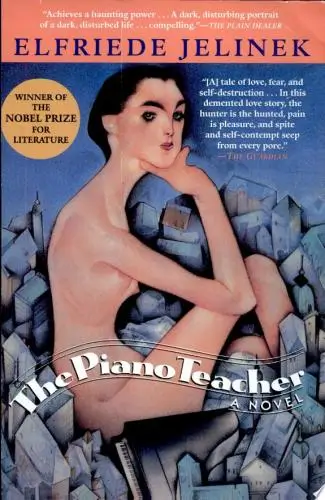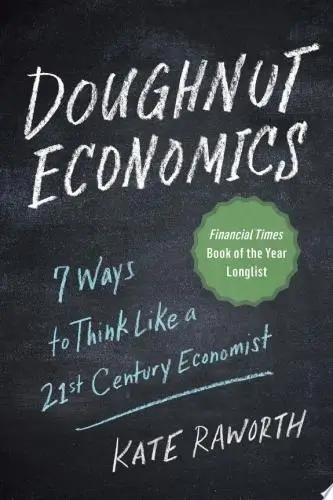
Doughnut Economics
Seven Ways to Think Like a 21st Century Economist
What's it about?
Doughnut Economics explores a transformative approach to economic thinking that balances human needs and planetary boundaries. You will learn about the Doughnut model, which visualizes a safe and just space for humanity, ensuring that everyone’s basic needs are met without overshooting the Earth’s ecological limits. The book challenges traditional growth-oriented economics and encourages you to rethink values like sustainability and equity. By embracing this framework, you can contribute to a more resilient and inclusive economy.
About the Author
Kate Raworth is an economist known for her "Doughnut Economics" framework, advocating for sustainable development within ecological boundaries. Her writing emphasizes economic systems balancing human needs with planetary limits, challenging traditional growth models. Raworth's work integrates environmental sustainability with social equity, offering a holistic approach to modern economics.
20 Key Ideas of Doughnut Economics
Embrace the Doughnut Economy
Shift your focus from GDP growth to thriving within the safe and just space of the Doughnut to ensure sustainable development.
Think of the economy not as a machine, but as a garden. Just like a garden, it shouldn't strive to grow endlessly but to be as healthy and balanced as possible.
- The Doughnut highlights environmental ceilings and social foundations, ensuring everyone has access to life's essentials.
- Prioritizing GDP growth ignores planetary boundaries, often leading to environmental degradation and social inequalities.
- A balanced approach fosters long-term resilience and well-being for both human societies and ecosystems.
Visualize the doughnut model and identify one area in your life or community where you can transition towards sustainable practice.
Avoid equating economic success solely with increased consumption; instead, focus on quality and sustainability.
Rethink the Growth Paradigm
Realign your understanding of progress by critically assessing whether perpetual growth is beneficial or detrimental.
Imagine steering a car with a stuck accelerator. Just as you need to slow down to navigate safely, the economy also requires moments of pause and reflection.
- Endless growth is unsustainable on a finite planet, creating environmental strain.
- Wealthy nations can shift priorities towards improving quality of life rather than expanding economies.
- Sustainable prosperity involves innovation that resonates with ecological and social health.
Write down the ways in which you measure personal success and contemplate whether they rely too heavily on material or economic growth.
Don't assume that more consumption equals more happiness; sometimes less is more.
Foster Regenerative Practices
Adopt regenerative approaches that restore and enhance the world, rather than deplete its resources.
Think of a forest, thriving through cycles of regeneration, rather than an oil field being endlessly extracted with no replenishment.
- Regenerative practices replenish ecosystems, ensuring resources for future generations.
- These approaches encourage innovation and creativity in addressing climate challenges.
- Communities and businesses embracing regeneration often see increased resilience and adaptability.
Start a small-scale regenerative project in your home or community like composting or rainwater harvesting.
Avoid short-term fixes that harm long-term sustainability; think about the broader impact.
Deeper knowledge. Personal growth. Unlocked.
Unlock this book's key ideas and 15M+ more. Learn with quick, impactful summaries.
Read Full SummarySign up and read for free!
Doughnut Economics Summary: Common Questions
We would recommend Doughnut Economics to anyone curious about sustainable development, from students to policymakers, because it offers a fresh perspective on how to create a fair and thriving economy that respects our environmental limits.
Experience Personalized Book Summaries, Today!
Discover a new way to gain knowledge, and save time.
Sign up for our 7-day trial now.
No Credit Card Needed
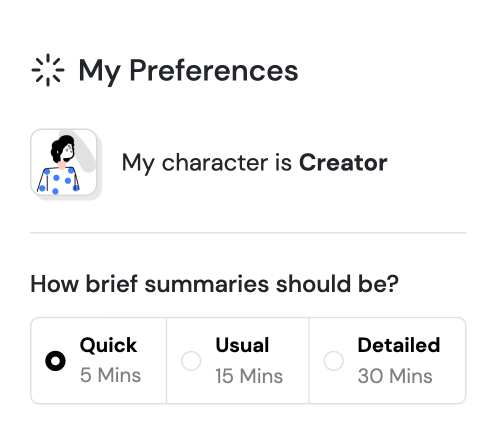
Similar Books
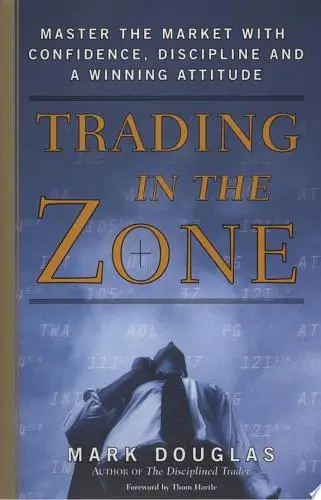
Trading in the Zone
Mark Douglas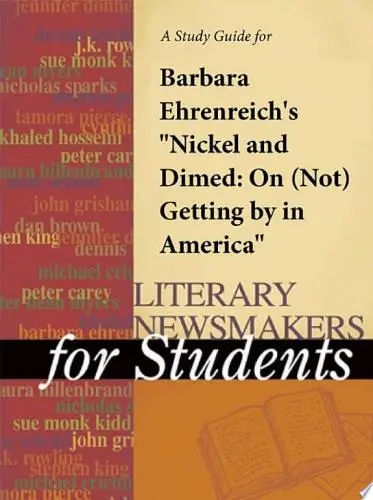
A study guide for Barbara Ehrenreich's "Nickel and Dimed: On (Not) Getting By in America"
Gale, Cengage Learning
Bitcoin For Dummies
Prypto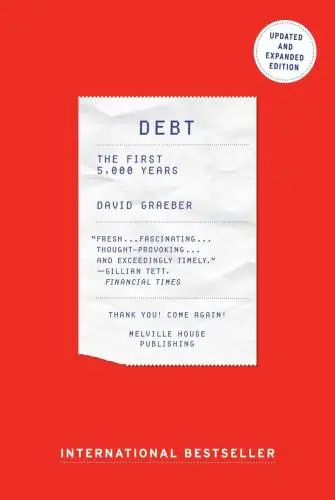
Debt
David Graeber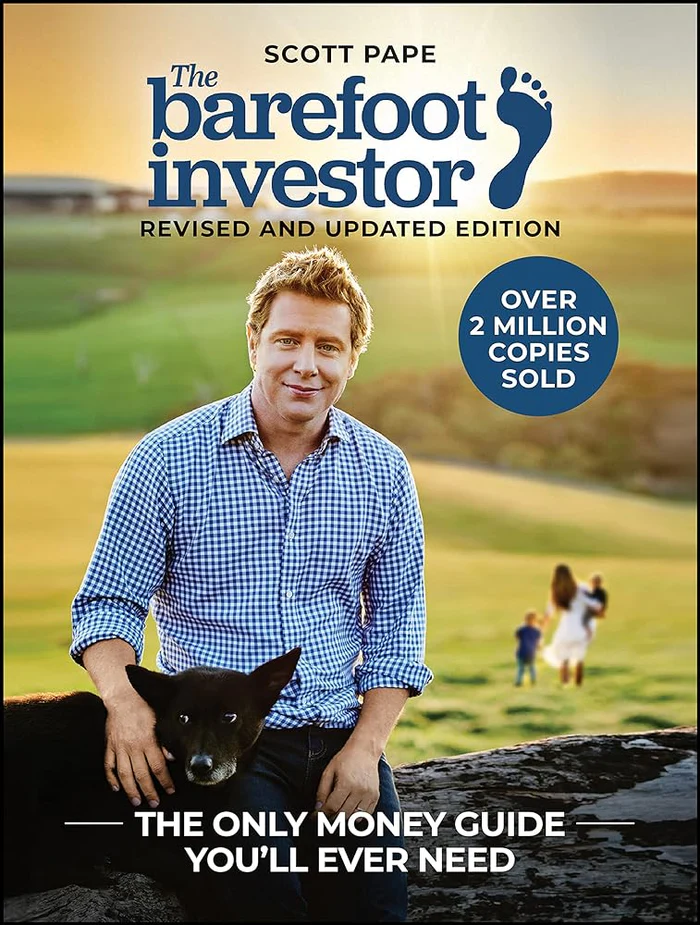
The Barefoot Investor
Scott Pape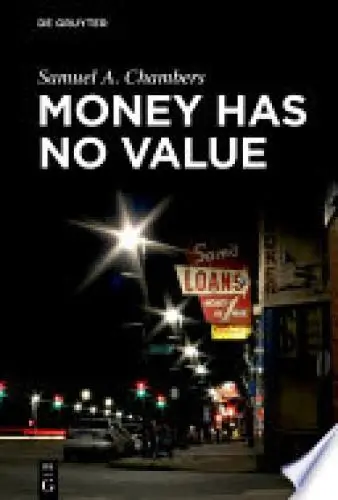
Money Has No Value
Samuel A. Chambers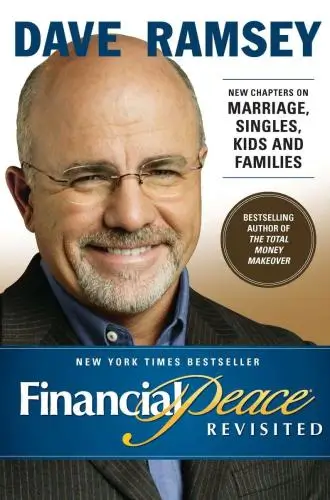
Financial Peace
Dave Ramsey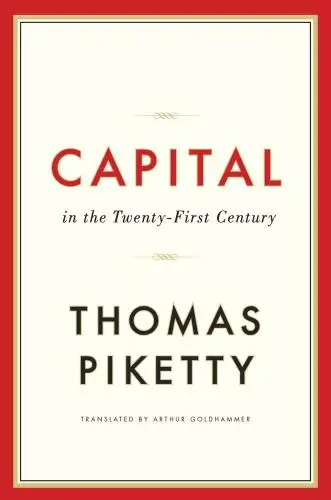
Capital in the Twenty-First Century
Thomas Piketty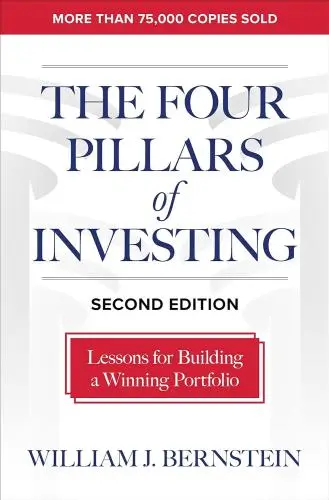
The Four Pillars of Investing
William J. Bernstein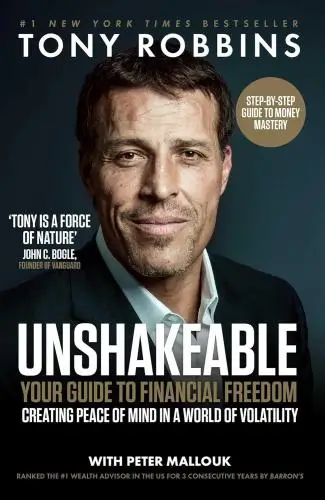
Unshakeable
Tony RobbinsTrending Summaries
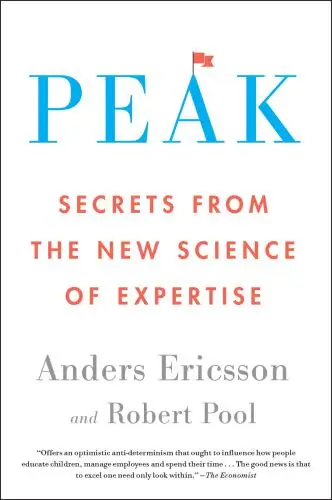
Peak
Anders Ericsson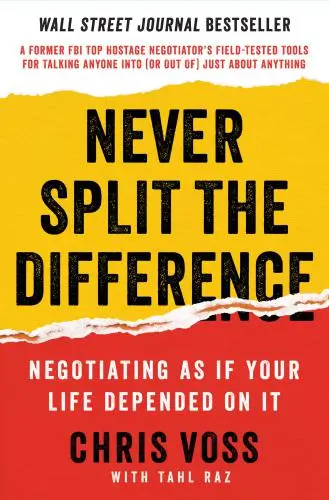
Never Split the Difference
Chris Voss
Smart Brevity
Jim VandeHei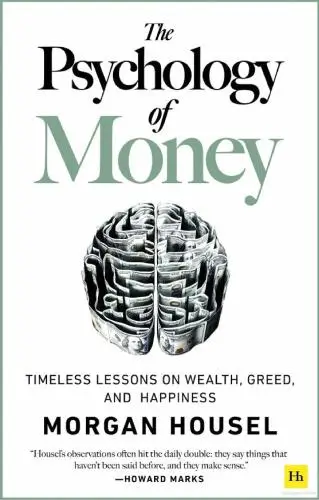
The Psychology of Money
Morgan Housel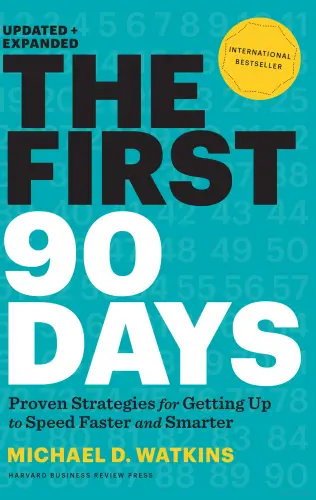
The First 90 Days
Michael D. Watkins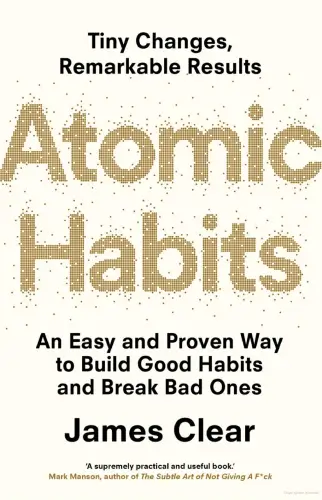
Atomic Habits
James Clear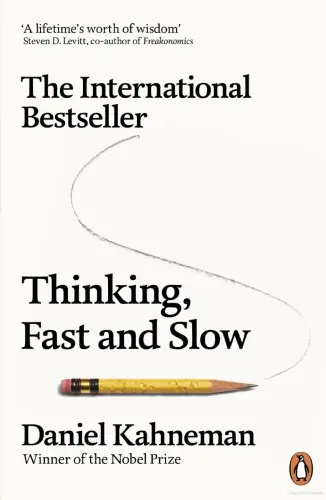
Thinking, Fast and Slow
Daniel Kahneman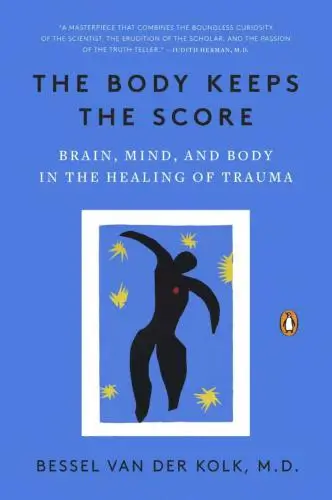
The Body Keeps the Score
Bessel van der Kolk M.D.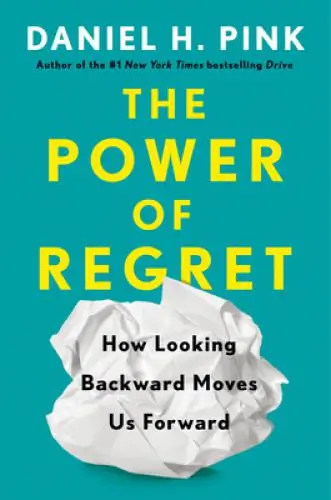
The Power of Regret
Daniel H. Pink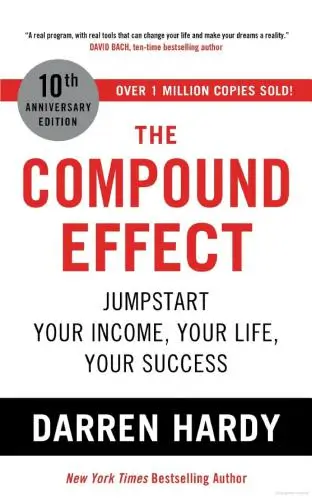
The Compound Effect
Darren HardyNew Books
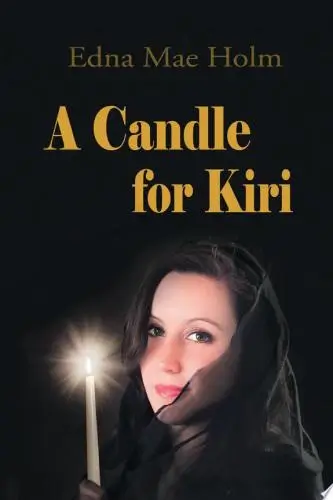
A Candle for Kiri
Edna Mae Holm
Principles of Marketing, Global Edition
Gary Armstrong
Serpent Rising: The Kundalini Compendium
Neven Paar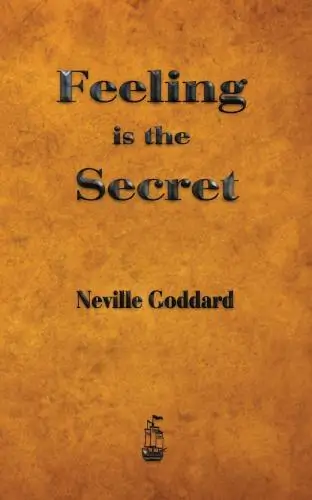
Feeling Is the Secret
Neville Goddard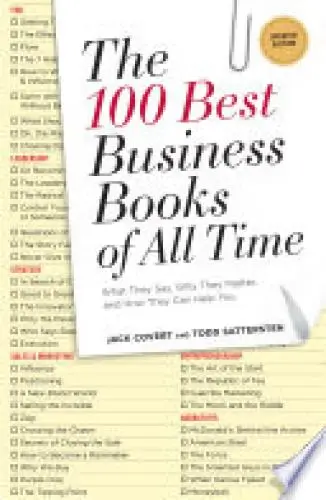
The 100 Best Business Books of All Time
Jack Covert
My Oxford Year
Julia Whelan
Trading in the Zone
Mark Douglas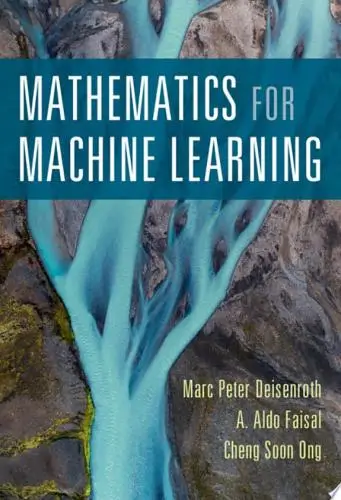
Mathematics for Machine Learning
Marc Peter Deisenroth
The Creative Act
Rick Rubin